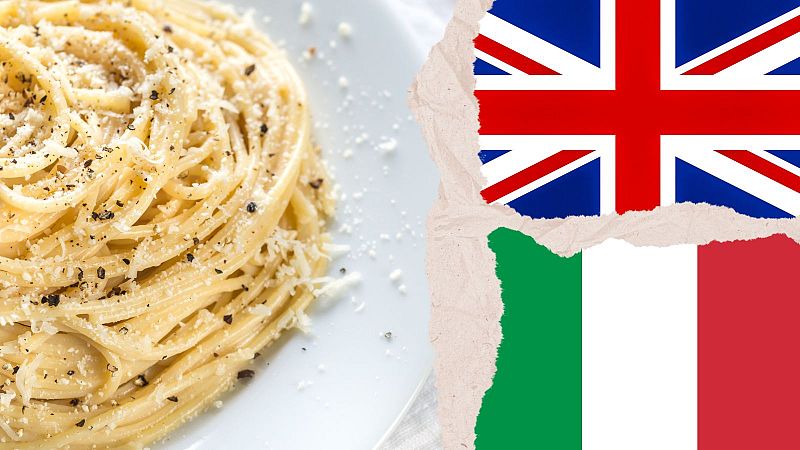
Culinary Clash: UK Website's Cacio e Pepe Recipe Sparks Italian Outrage
A seemingly innocuous online recipe has ignited a trans-European culinary conflict, pitting the United Kingdom against Italy. The controversy centers around a popular Italian pasta dish, cacio e pepe, and a recipe published on a well-known UK-based food website. What started as a simple recipe share has quickly escalated into a near-diplomatic incident, fueled by accusations of culinary sacrilege.
The heart of the matter lies in the recipe's deviation from the traditional ingredients and preparation methods of authentic Roman cacio e pepe. The recipe in question listed spaghetti, pepper, parmesan, and butter as the essential components of what it described as a "speedy lunch." This characterization, and the inclusion of parmesan and butter, sparked immediate and widespread outrage among Italians.
The Core Ingredients: A Matter of National Pride
For Italians, cacio e pepe is more than just a pasta dish; it is a symbol of Roman culinary heritage. The traditional recipe, revered for its simplicity and reliance on quality ingredients, calls for only three key components:
- Pasta: Typically tonnarelli, a thick, spaghetti-like pasta.
- Black Pepper: Freshly ground black pepper, providing a crucial aromatic and spicy element.
- Pecorino Romano: A hard, salty cheese made from sheep's milk, essential for the dish's characteristic flavor and creamy texture.
The omission of pecorino Romano and the addition of parmesan are considered grave errors, akin to culinary blasphemy. The inclusion of butter is equally offensive to purists.
The Art of Emulsification: More Than Just a Quick Meal
Beyond the ingredients, the recipe's description of cacio e pepe as a "speedy lunch" further inflamed passions. Anyone familiar with the dish knows that achieving the perfect creamy emulsion of cheese and pasta water requires patience, skill, and a delicate touch. The process is far from a quick and effortless undertaking. In fact, cacio e pepe is often used as a benchmark for judging the quality of Italian restaurants. A well-executed cacio e pepe signifies authenticity and culinary expertise, while a poorly made version, especially one containing parmesan, is a clear indication of a lack of respect for tradition.
Italian Media and Official Complaints
The perceived culinary betrayal did not go unnoticed by the Italian media. One Rome-based publication, referencing the British national anthem, quipped that Roman restaurateurs were now imploring, "God save the cacio e pepe."
Adding fuel to the fire, Claudio Pica, president of an association representing Italian restaurants in Rome and the Lazio region, formally lodged a complaint. He wrote to the media company responsible for the offending recipe and to the British ambassador in Rome, expressing his dismay at what he termed an "absurd mystification" of Italian culinary tradition.
Recipe Rectification and Lingering Concerns
Faced with the mounting uproar, the website appears to have revised its recipe, seemingly restoring the sacred trio of ingredients. However, the controversy did not end there. The discovery of online tips suggesting the use of double cream to aid in sauce emulsification further aggravated the situation.
This suggestion was met with particular scorn, with one journalist from a public television network expressing disbelief and dismay that such a fundamental error could be made, especially by an organization often held in high regard.
The Threat of Carbonara Chaos
The incident has raised concerns about broader misunderstandings of Italian cuisine. There are fears that further revelations about common British interpretations of classic dishes, such as the widespread use of cream in carbonara, could escalate the culinary conflict into a full-blown war.


No comments:
Post a Comment